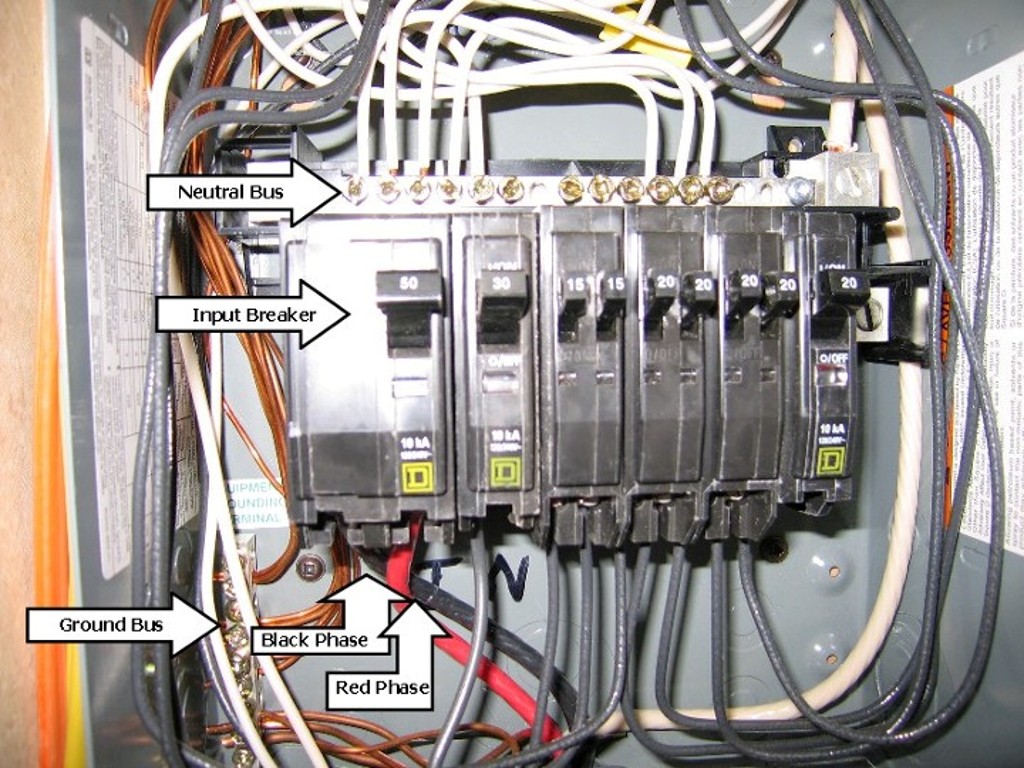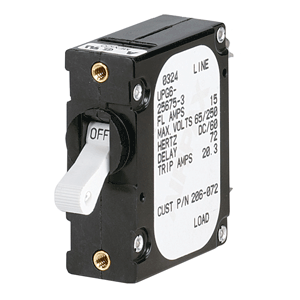
- #Wire size for 50 amp breaker install
- #Wire size for 50 amp breaker full
- #Wire size for 50 amp breaker code
Of course, if you want to put in a bigger conduit, knock yourself out - it'll pay dividends if you want to upsize the wiring or pull more conductors later. Last but not least - you'll want to size the conduit generously, and a 1.25" PVC conduit will easily fit 3 4AWG aluminum wires and a 10AWG copper ground with room to spare. The power demand of ranges varies depending on the rating of the appliance, but in most cases, a 50-amp 240-volt circuit is required, wired with 6-gauge wire. As to size, you're looking at 6AWG copper or 4AWG aluminum for the hots and neutral, and a 10AWG copper wire for the ground. The electrical circuit that powers an electric range must be of sufficient amperage to supply the necessary power to the range. A 6-gauge wire, which is the next gauge, is suitable for up to 55 amps. In terms of being able to charge the car quickly enough, that's also circumstantial. Technically speaking, you should use a 4-gauge wire for a 60-amp circuit breaker. If you want to use a 60 amp breaker you could replace it later when one is available, assuming the cable that the electrician used between the wall connector and the breaker is appropriate for 60 amps.

Fifty amp breakers are most often used to power many different appliances. Electrically it's OK to use a smaller breaker. If you have a 60 amp breaker, you can use 8 gauge wire for up to 50 feet. The neutral must be white, and the ground must be green or preferably bare to save conduit space, while the hots can be any other color than white, green, or grey. For a maximum of 50 amps, you’ll need a wire gauge of 6. The NEC, THHN, & AWG wire gauge amp chart is the easiest way to see the amp. Since a water heater is a continuous load device, we need to multiply that. The answer to this is the exact figure you get when you convert 4500 watts to amps: 18.75. So to know what size breaker for a 4500-watt water heater, we need to divide 4,500 by 240.

You'll need THWN wires as the conduit outside is considered a wet location, and four of them at that: two hots, a neutral, and a ground. The breaker size has always been calculated by dividing the total wattage by voltage. Once the conduit's in, along with a pulling-string to help you get those wires in it, it's time to get some conductors in there.
#Wire size for 50 amp breaker code
Code only allows a single loop (360 degrees), but less is better - you can use conduit bodies to change direction and reset the bend-count at the same time, provided they're accessible later. Keep the number of bends between pull points to a minimum.Conduit needs support - for PVC, attach it to the wall or deck joists every 3' and at expansion joint locations.PVC will do the worm on you due to thermal expansion if you don't put expansion joints in every 12' or so in the exposed (i.e.Schedule 80 PVC is likely the easiest and best solution for a mixed indoor/sheltered/buried run like yours - it is rated to protect wires against physical damage, is weatherproof, and assembles much the same way that PVC plumbing pipes do (i.e.
#Wire size for 50 amp breaker full
Even with that, though, I would use conduit for the full length of the run to keep things simple. If you use a wire size that is too big for your 60 amp breaker, not much will happen except having to pay a high price for said wire. There are so many different things that can happen when you use the wrong wire size for your breaker. After a few minutes of "electric water heater 101", he understood and we saved him a bunch of money.The hardest part about a job like this is getting your wires down the conduit. Installing a 50 amp rv outlet 30 amp wire size Using wrong wire size for your breaker.

#Wire size for 50 amp breaker install
His logic was that since there's a potential 9,000 watt load (two elements), we must install a circuit that is prepared for it. I once had a customer (when I was an electrician) demand that we provide a 50 amp circuit for an electric water heater to replace a propane one. If the wire length is 100 feet or above, you should consider a wire gauge, one level up, to prevent voltage dropfor instance, a 4-gauge copper wire for 50 amps at 100 feet.

You can use a 4-gauge aluminum wire for 50 amps. The upper thermostat functions to "ping-pong" the elements on and off. A 6-gauge copper wire is a standard for 50 amps. Remember that even though electric hot water heaters have two heating elements (upper and lower), they are NEVER operating at the same time. Unless you are installing a commercial unit, that's all you will ever need to have in place in a residential environment. If you are running cable anyway, just run #10 and replace the breaker so it's done right, once and for all. The standard for water heater circuits is #10, two conductors with ground (10/2) and a 30 amp circuit breaker for a water heater. Larger sizes are usually black or gray, but there's really no color standard for anything larger than #10. The Romex (NM-B cable) coloring is white jacket for #14 cable, yellow for #12 and orange for #10.


 0 kommentar(er)
0 kommentar(er)
